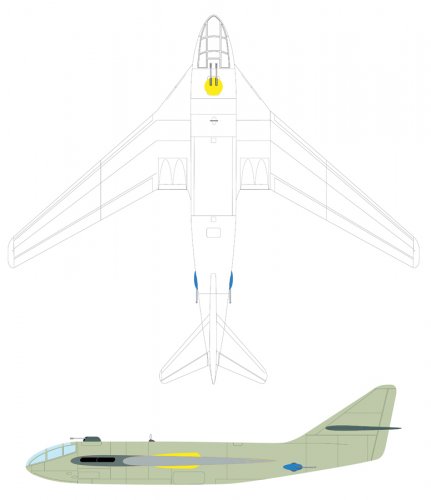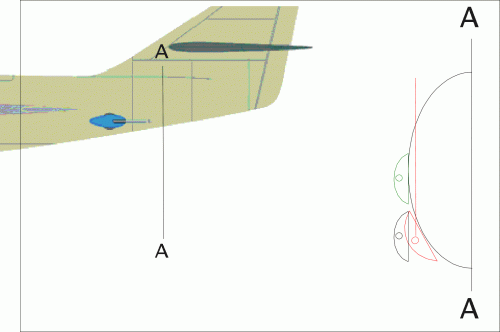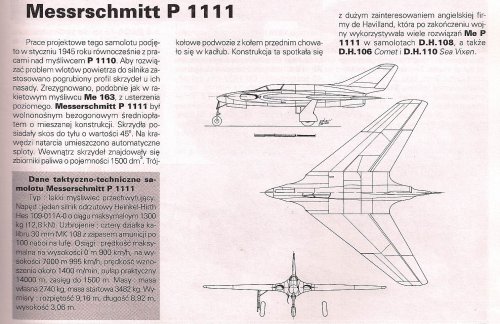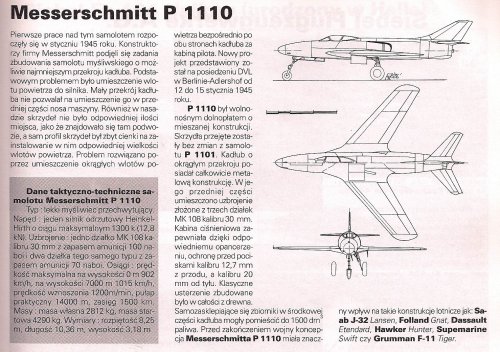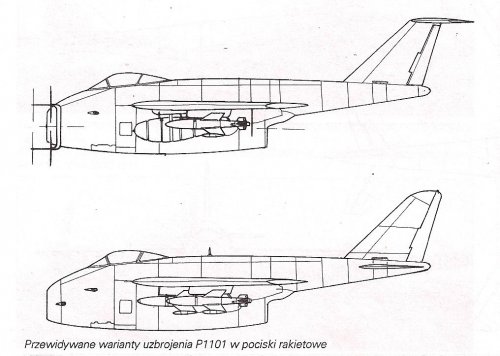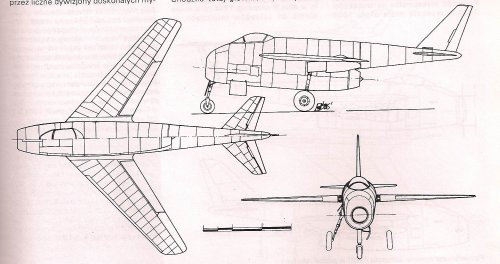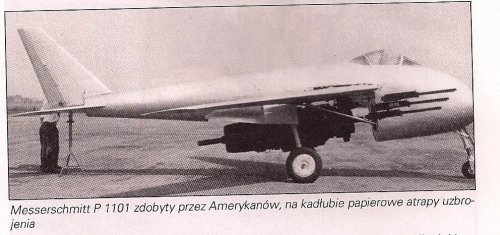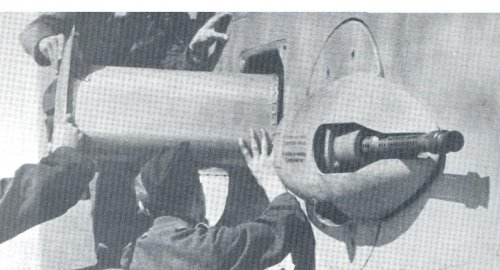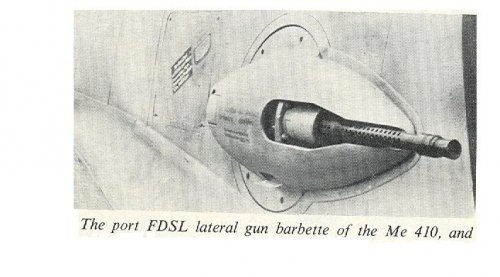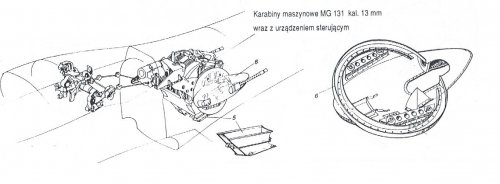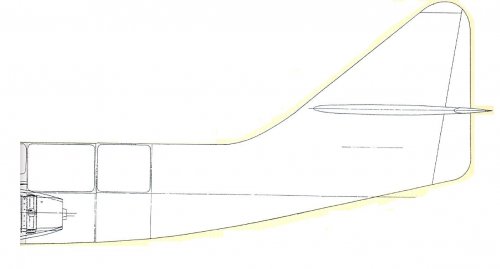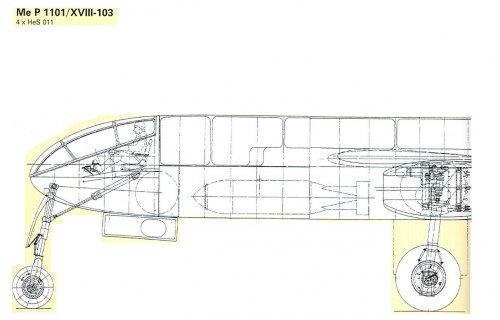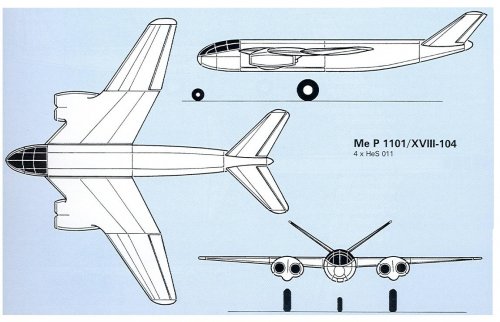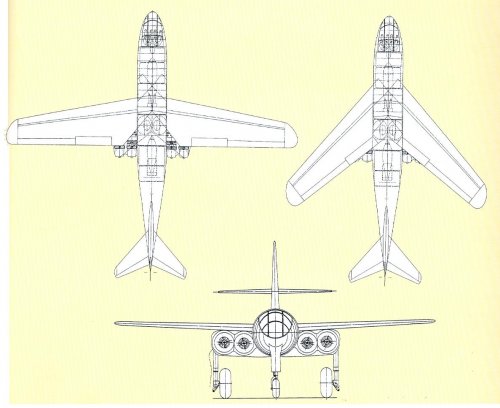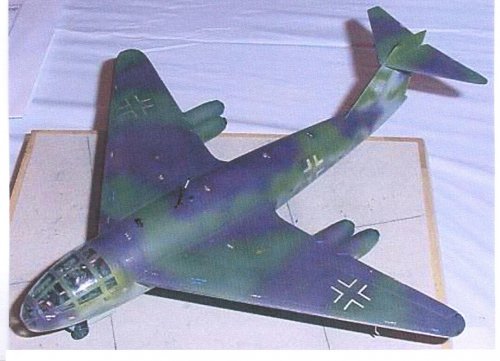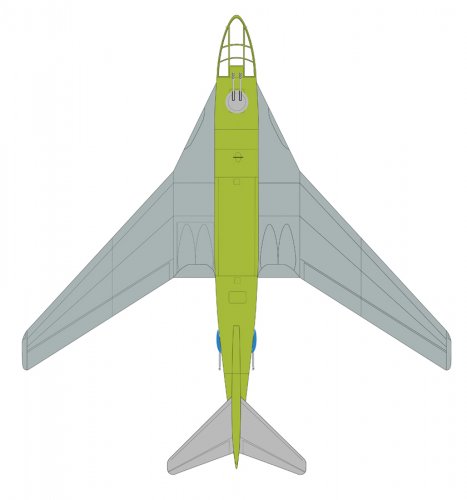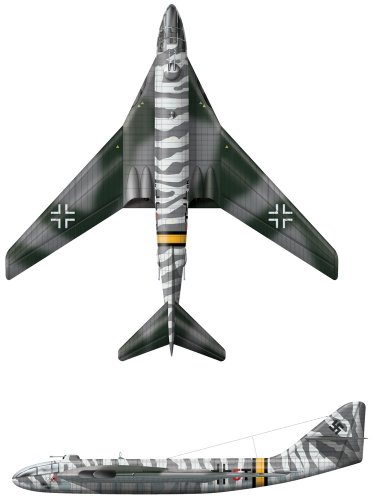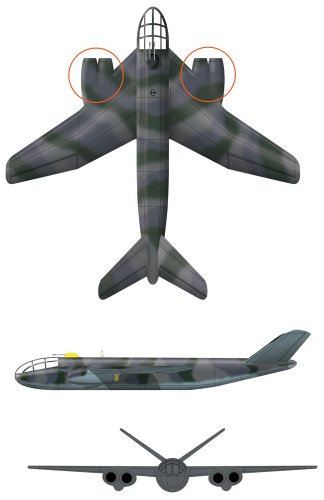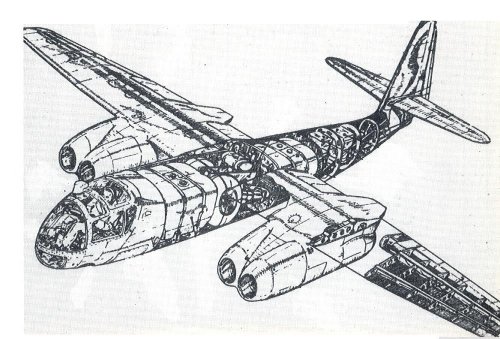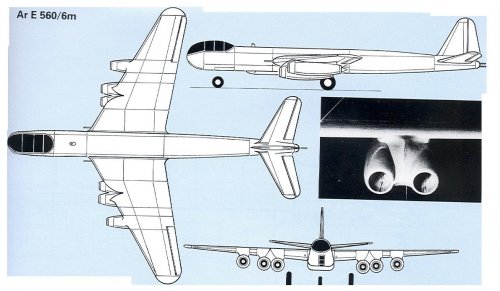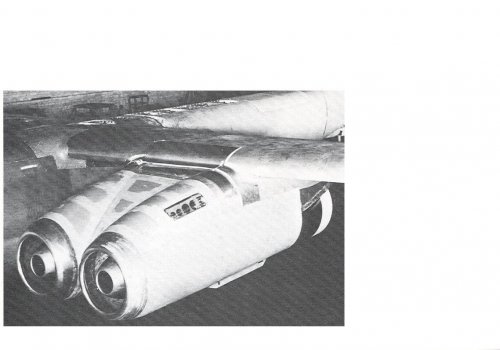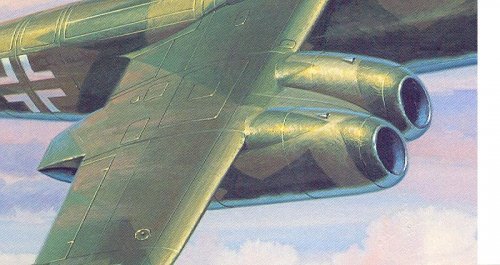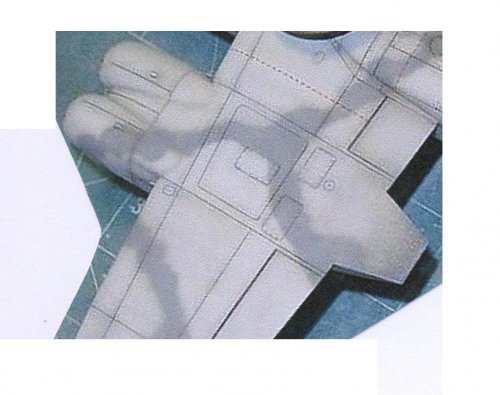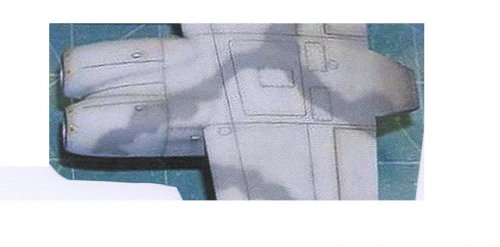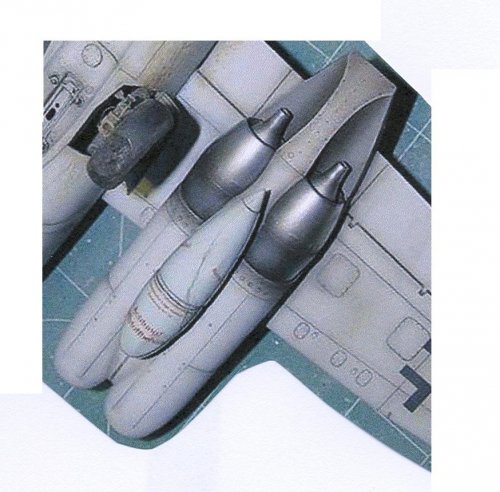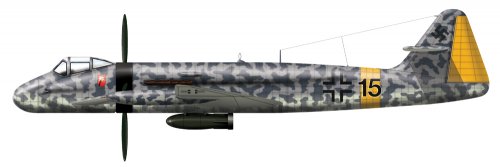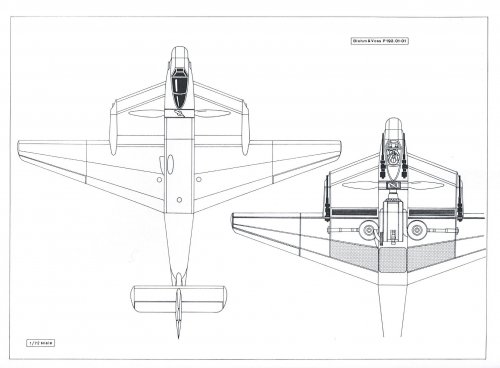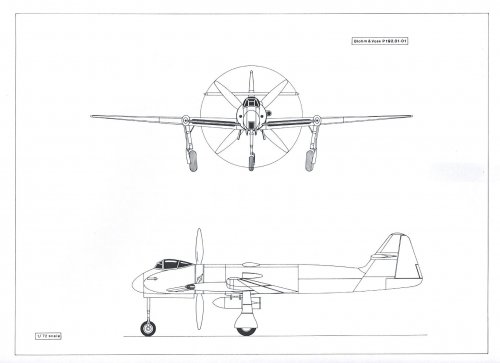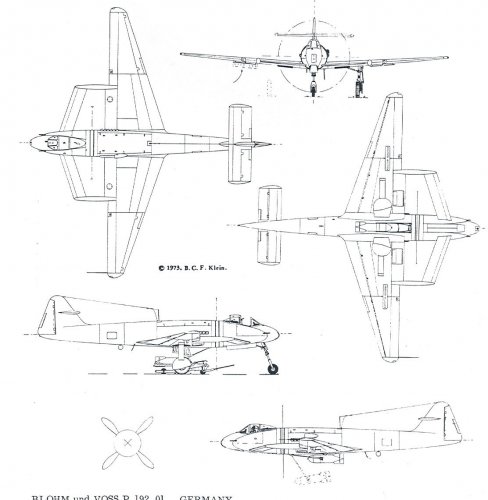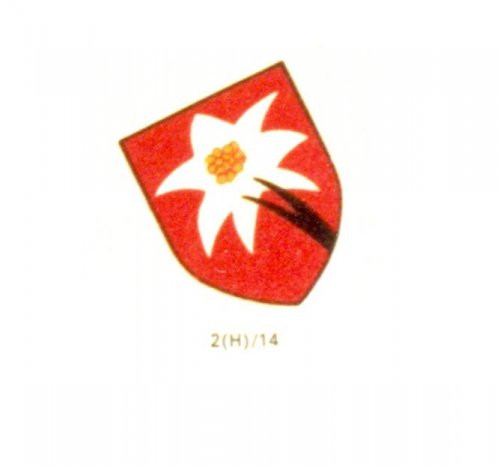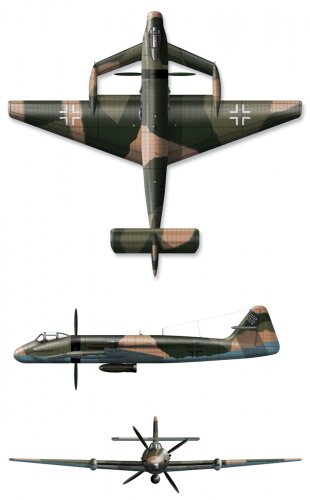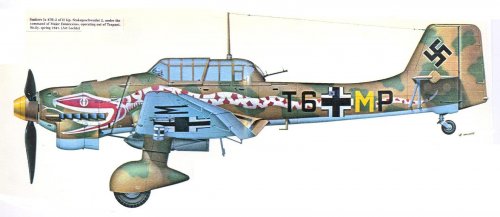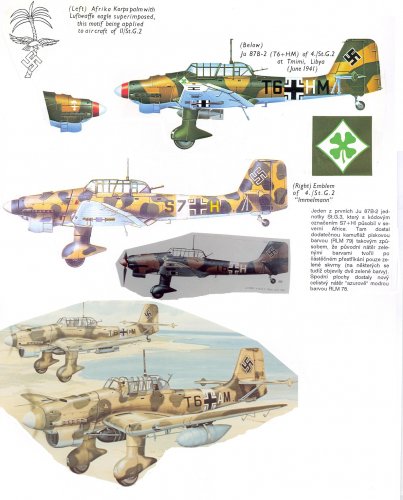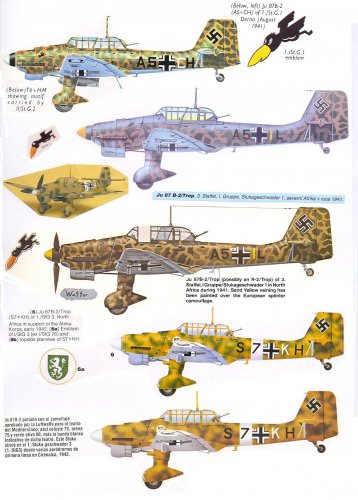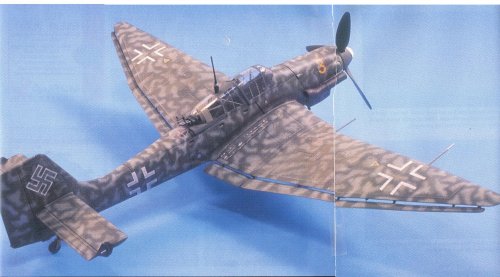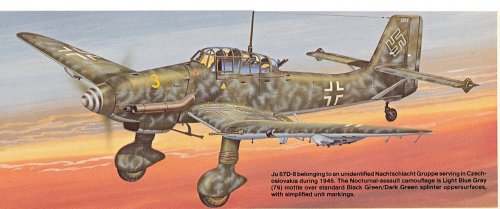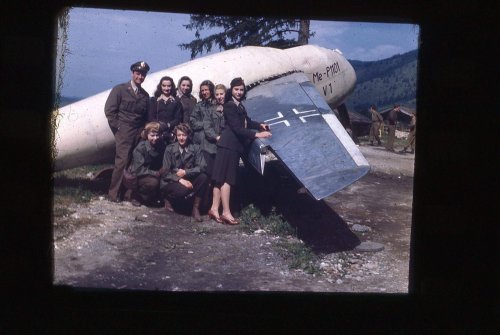- Joined
- 28 October 2006
- Messages
- 1,004
- Reaction score
- 102
Hi All.
I'm currently trying to do a profile of the Me P1101-102.
The only reference I have is Heinz Rode's beautiful illustration on page 110 in Luftwaffe Secret Projects - Strategic Bombers 1935 - 1945.
I've borrowed a few keyline shapes from the P1101- 103 and think I would have been better off using the general fuselage/tail shape of the 101.
The top view seems okay but I'm not happy with the side view.
Any suggestions or other references anyone may point me to?
Many thanks in advance.
Peter
I'm currently trying to do a profile of the Me P1101-102.
The only reference I have is Heinz Rode's beautiful illustration on page 110 in Luftwaffe Secret Projects - Strategic Bombers 1935 - 1945.
I've borrowed a few keyline shapes from the P1101- 103 and think I would have been better off using the general fuselage/tail shape of the 101.
The top view seems okay but I'm not happy with the side view.
Any suggestions or other references anyone may point me to?
Many thanks in advance.
Peter

